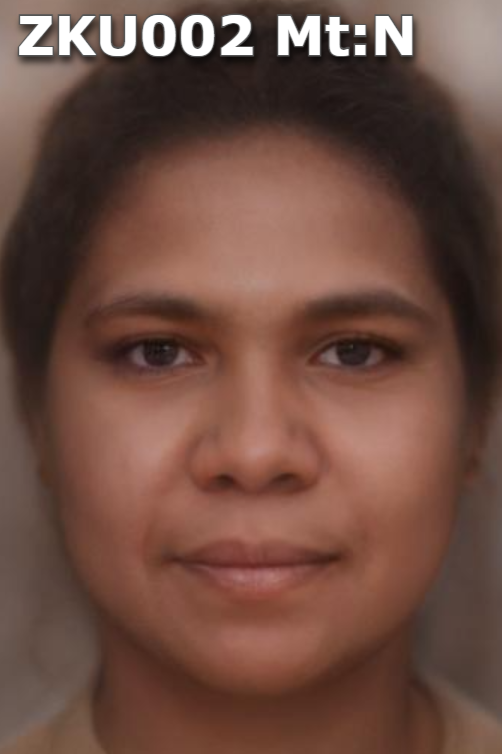
Zlaty Kun ZKU002 in 23andme format
Zlatý kůň (meaning “Golden Horse” in Czech) refers to the partial skull of a Homo sapiens woman discovered in the Koněprusy Caves of Czechia. This individual, whose remains were unearthed in the 1950s, was long believed to be relatively recent—until a groundbreaking 2021 genomic study revealed something astonishing: she lived over 45,000 years ago, possibly even as early as 50,000 years ago, making her the oldest known modern human genome ever sequenced outside of Africa.
Zlatý kůň’s genome reveals several key insights.
She had recent Neanderthal admixture—not uncommon for early non-Africans—but notably, the Neanderthal segments in her DNA are longer and more contiguous than those of later European populations. This indicates that her ancestors interbred with Neanderthals only 5–10 generations prior to her lifetime, likely during or shortly after the initial migration out of Africa into Eurasia.
Depeding on the model, she seems to be between 3 and 5 percent neanderthal in total.
For example, this model, which uses Mbuti pygmies as a right, finds 4.6 percent neanderthal admixture. Whereas this model, which uses the west african yoruba, finds 3.6 percent instead.
According to Fst analysis, her closest modern ethnicities are Punjabi, Baloch, Finns, and Sub Saharan Africans, with Australians, Chinese, and Native Americans being the furthest.
I ran her raw DNA through my trait predictor tool for DNA analysis.
